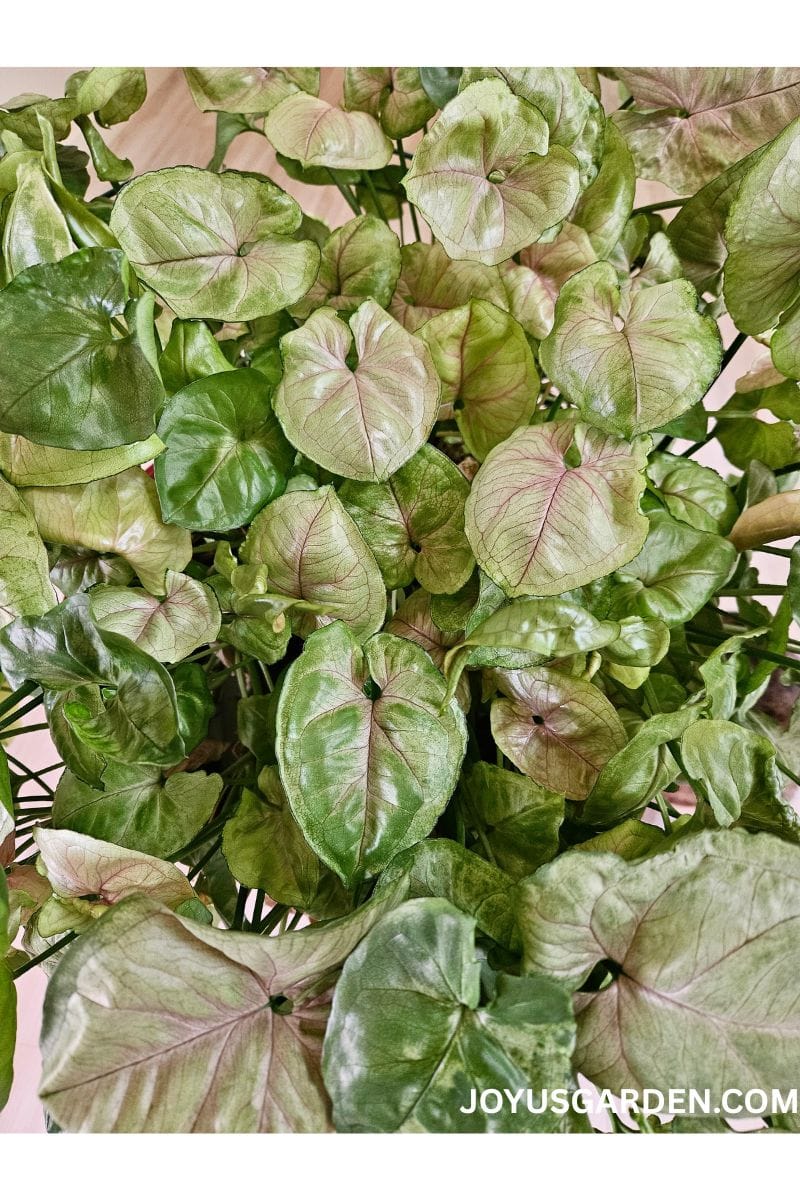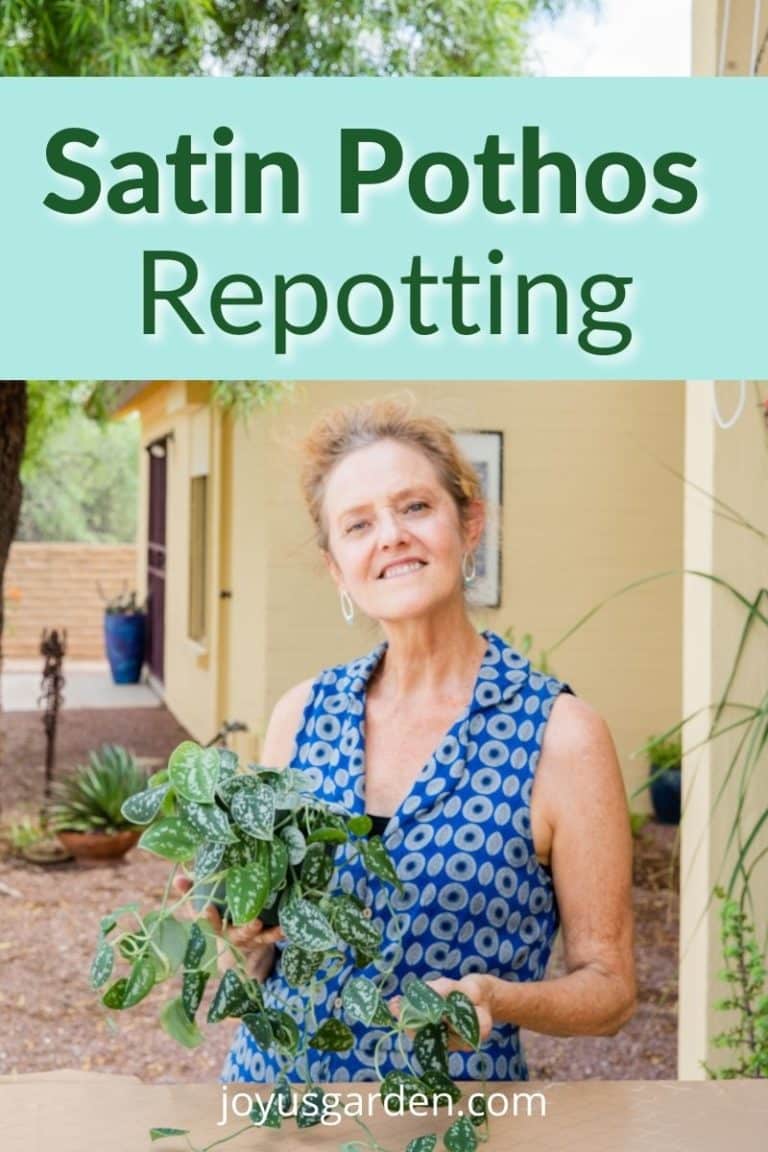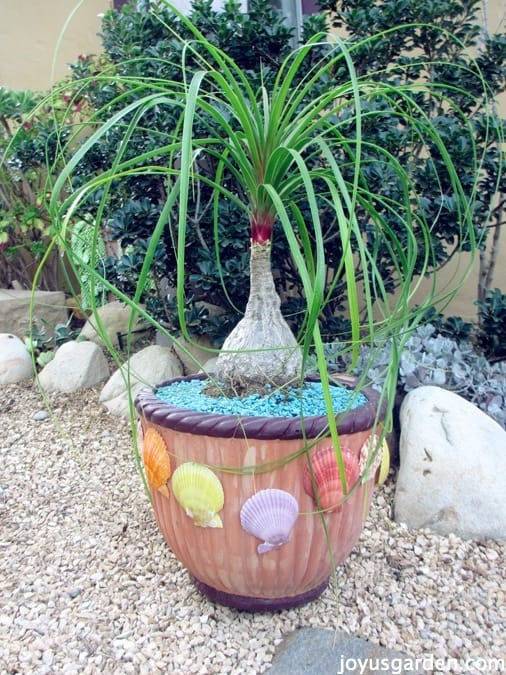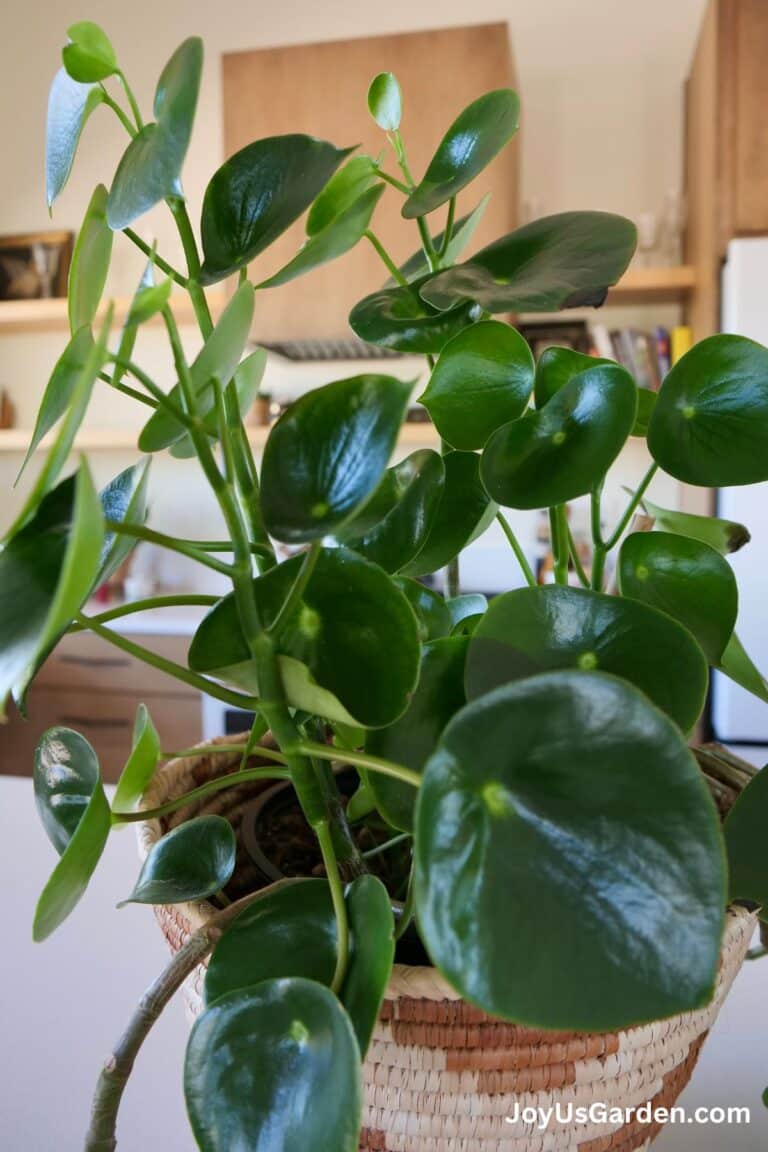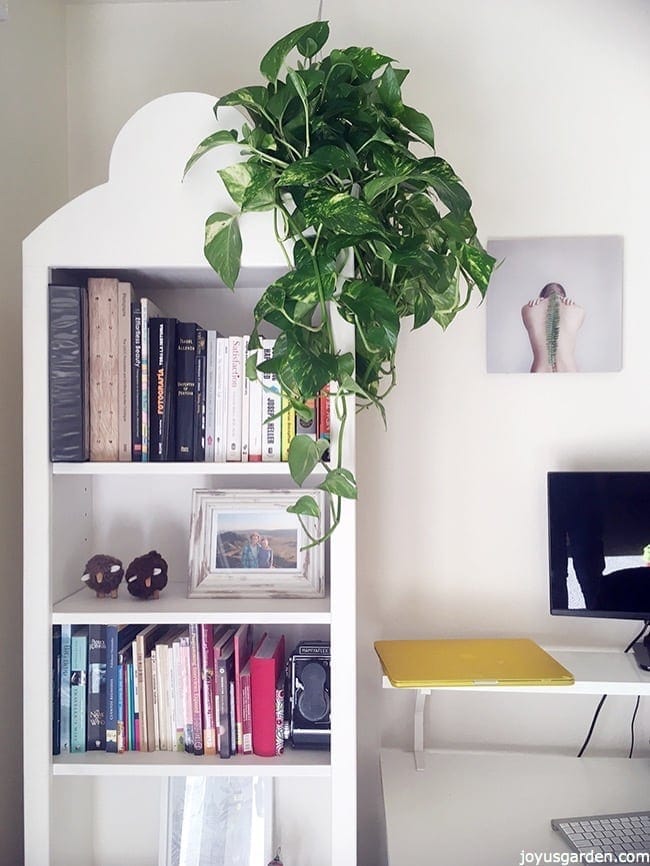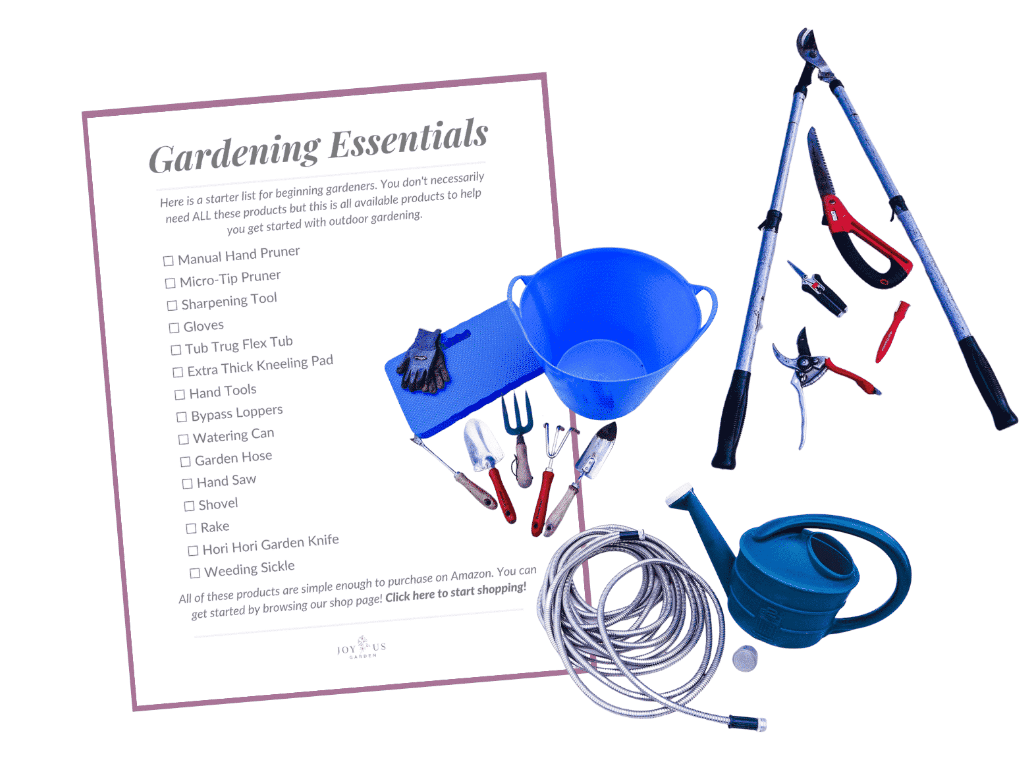How to Create an Indoor Jungle (Without Breaking the Bank)
One thing’s for sure—most of us are looking to save a few bucks these days. Plants aren’t a necessity, but they certainly do enhance our homes, bringing life, beauty, and a whole lot of personality. If you’re going for a lush, indoor jungle vibe but don’t want to spend a fortune, here are some easy, budget-friendly ideas for getting the look.
The word “jungle” evokes images of tropical forests and lush green vegetation. But when it comes to creating an indoor jungle, it’s open to interpretation and is really up to you—there’s no one definition.
I have over 80 houseplants spread throughout every room in my home, except for the guest bathroom, which has no windows. You might live in a studio apartment with three plants, but if it gives you that jungle vibe, then that’s your indoor jungle.
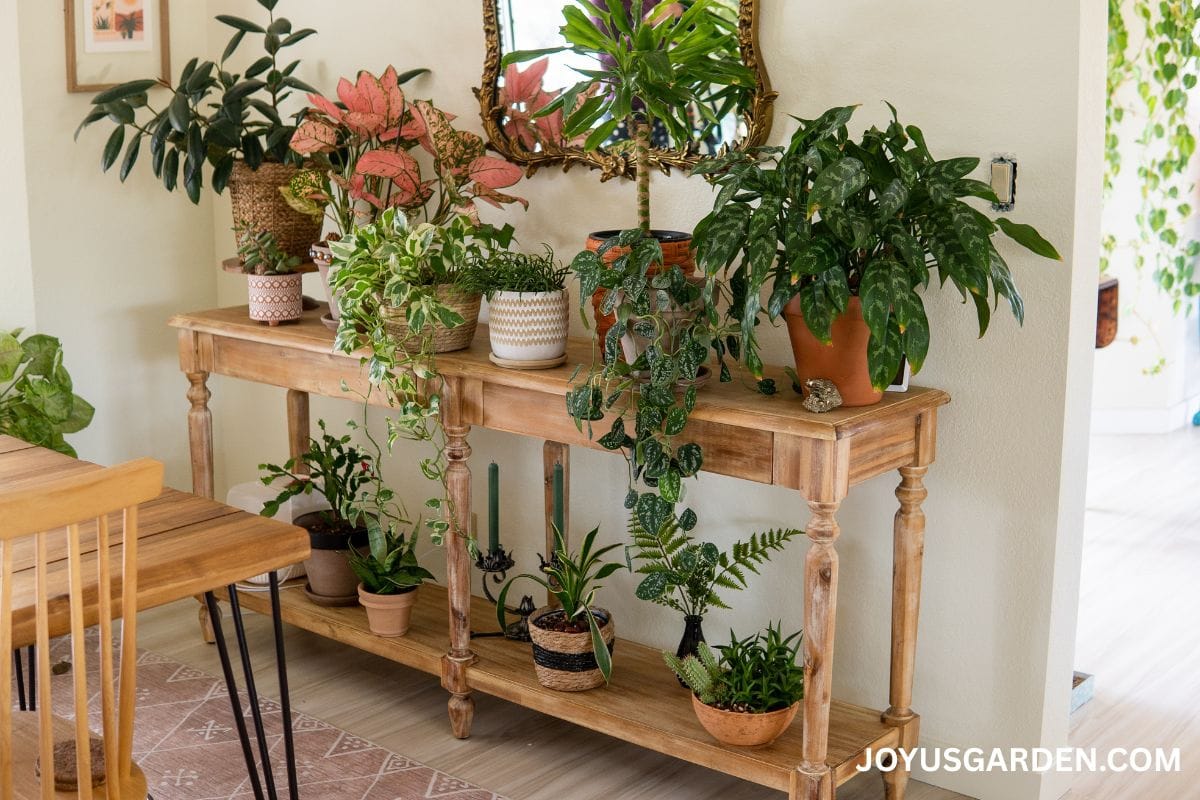
Tips For Creating An Indoor Jungle For Less
Whether you’re just starting your plant collection or looking to expand without spending a fortune, there are plenty of creative ways to grow your indoor jungle on a budget. After more than 50 years of working and playing with plants, I’m sharing my 14 favorite tips for creating a “jungle-y” space on a budget.
1) The best way to save money is not to waste money. Even if you get cuttings or buy a $5 bargain plant, if it’s not in the right location, it’ll die. That means you have to either grow or buy another plant to replace it.
Different types of plants have specific needs. They need to grow in the right conditions to be in it for the long haul. Do a bit of research first – we have plenty of houseplant care guides here to help you when searching for a plant.
2) Build your jungle over time. This applies to almost everything homewise, doesn’t it? I have a lot of indoor plants, but they didn’t all appear overnight—I’ve collected and propagated them gradually over many years.
There’s no need to rush out and buy everything in a few months. Let your indoor jungle grow at its own pace. Start with a few favorites, then add more as you find deals, discover what you like, and determine what works best in your space. It’s more fun (and more affordable) that way!
3) Buy smaller plants; they’re cheaper. 4″ and 6″ plants are a lot less expensive than those in 10″-14″ pots. Many nurseries and garden centers sell them, as do stores like Trader Joe’s, Whole Foods, Aldi, Safeway, etc. Just be sure to check them for overall health and appearance—if a plant has been sitting on a shelf or in a tray for a while, it might not have gotten the best care.
4) Plant prices vary from store to store, and some types of plants are more expensive. Check the prices before purchasing. Fast-growing and easy-to-propagate plants are cheaper. I paid $25.95 for my 10″ Rubber Plant, whereas my 10″ Kentia Palm was $135.00. A Golden Pothos with no or short trails may be cheaper than one with 3′ trails. Good news – they grow fast!
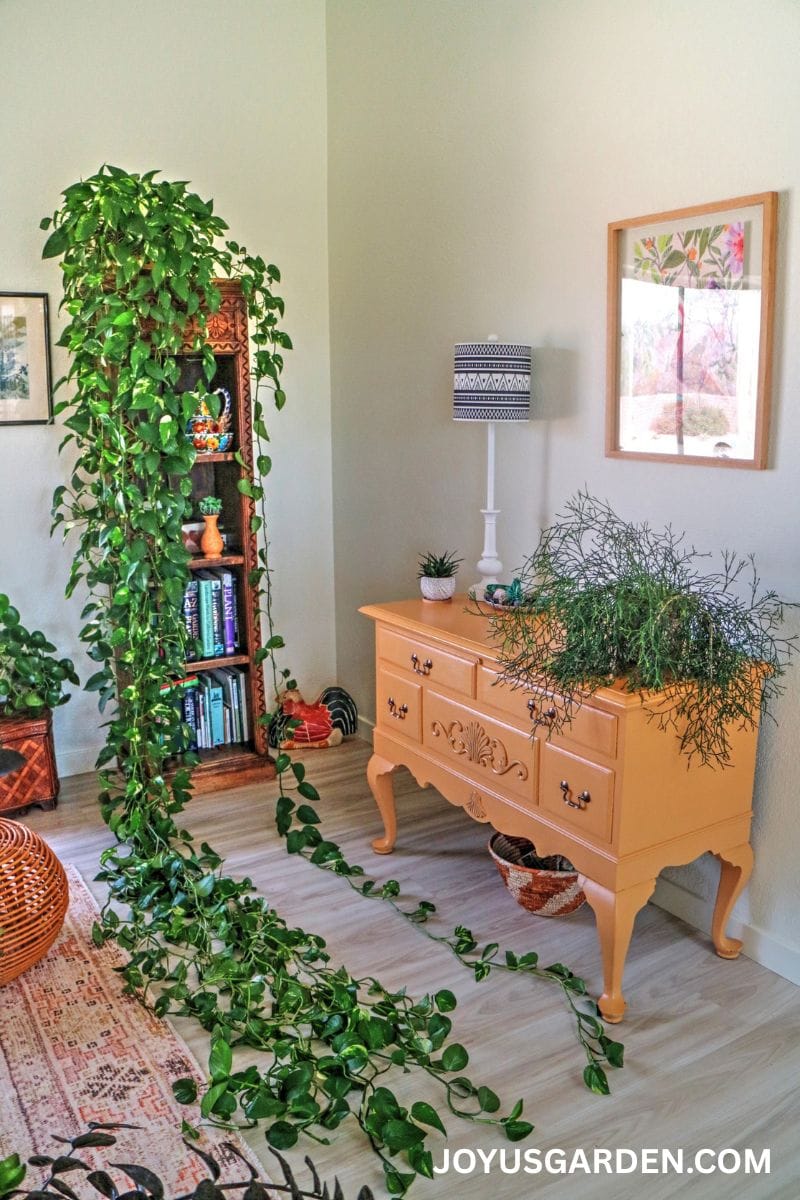
5) Check yard (aka garage or estate) sales, Facebook Marketplace, Nextdoor, Craigslist, and local plant groups on Facebook, as well as swap groups. People are cleaning out, moving, or downsizing—and that’s when you can score plants for cheap or even for free.
I’ve seen cuttings for sale on FB and for free on ND. Some neighborhoods have plant exchange stands set up. Do an internet search for “houseplant swap groups” or “houseplant groups” using your town or city and see what pops up. We have several of them here in Tucson.
6) You can get containers at bargain prices, too. Baskets and decorative pots often go on sale at stores like HomeGoods, TJ Maxx, Walmart, and more. Don’t overlook thrift stores, yard sales, or any of the resources I mentioned in point #5—sometimes you’ll find a groovy container for just a few dollars. One of our local nurseries regularly offers pots at marked-down prices.
You can also give plain pots a new look with a bit of DIY flair. Cover grow pots in burlap or thick jute cord for a natural touch. Paint old pots using leftover house paint or spray paint (I’ve done both), or try rag painting for a textured effect. Want to dress up a basic clay pot? Add some glass gems—small bags can be found for as little as $3, or try stenciling.
?7) Take cuttings or see if friends can give you cuttings. I’ve happily given away hundreds of cuttings over the years! As I mentioned in point #5, plant cuttings are often shared, swapped, or sold for cheap through local plant groups, online marketplaces, or neighborhood forums.
Some plants propagate easily from leaf cuttings—but just know, it might take a while to get that jungle look. Snake plants, peperomias, and certain succulents can be grown from a single leaf, which is fun and rewarding. But leaf cuttings tend to grow slowly, so patience is key.
8) Division is another propagation option. Some plants are easy to divide—such as snake plants and zz plants. If you already have one, you can gently separate and plant it into two or more pots.
When you’re shopping, sometimes you’ll spot a plant that’s ready to be split, giving you two (or more) for the price of one. It’s one of the easiest ways to grow your indoor jungle without spending extra.
9) Hanging plants really add to the jungle vibe. They cascade beautifully and help create that layered, lush look. Plants like pothos, philodendron brasil, string of bananas, hoyas, and spider plants are all great choices—they’re easy to care for and grow quickly.
You can display them in hanging containers—such as ceramic, terra cotta, plastic, or baskets—or get creative by placing them on hanging shelves, bookcases, or even in wall-mounted pots. They draw the eye upward and make use of vertical space, which is especially helpful if you’re short on floor space but still want that “full of greenery” feel.
10) Nothing says jungle like big leaves and statement foliage. The monstera is a favorite, but fiddleleaf fig, kentia palm, bamboo palm, philodendron birkin, dracaena lisa, dracaena marginata, zz plant, and aglaonema are a few that fit the bill. Most of these are reasonably priced, especially in 4″ to 8″ pots, except the kentia.
11) Add in some easy-care succulents, too. I have a combo of tropical plants, cacti, and succulents in my home. Succulents are wildly popular, and although most aren’t technically part of a jungle ecosystem, it doesn’t mean they can’t be part of your indoor jungle. After all, an indoor jungle is more about creating a lush, layered, plant-filled space than sticking to one type of greenery.
12) Some plants do better in the long run than others. Take Boston Ferns, for example—they’re full, lush, and beautiful, but they tend to thrive in greenhouse conditions, not the average living room. On the other hand, tried-and-true houseplants like pothos and spider plants are much more forgiving indoors.
Other easygoing favorites include snake plants, zz plants, aloe vera, arrowhead plants, and the baby rubber plant. These all do well in home environments and are great choices if you want your indoor jungle to stay happy and healthy for the long haul.
13) Layer your plants – create a variety of heights. You can do this by combining floor plants, tabletop plants, and hanging plants. You don’t need anything fancy—plant stands, stools, risers, hanging shelves, and hanging baskets all help add height and interest.
Even using containers in different sizes can make a big difference. Layering not only gives your indoor jungle that lush, full look—it also helps each plant shine.
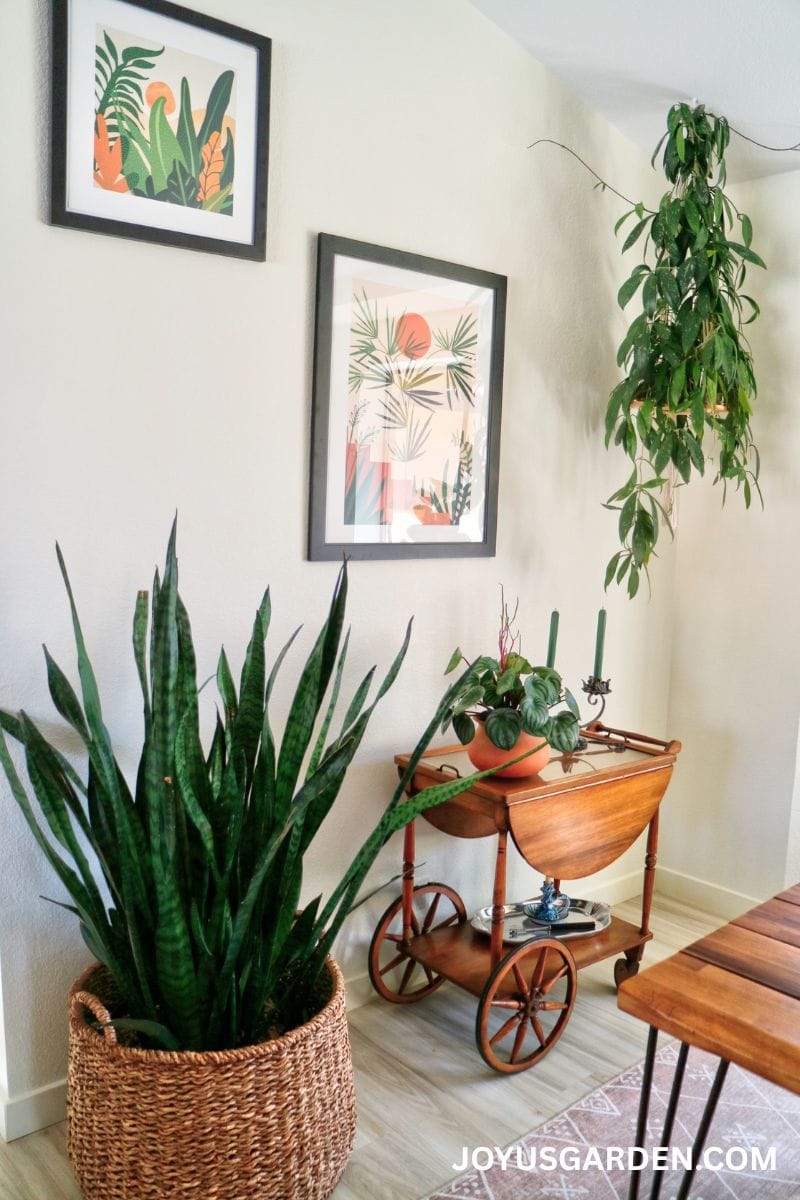
14) The final tip, like the first tip, is pure common sense. It doesn’t matter how much you save on plants and related accessories, but without proper care, it’s a waste. Again, do some research and discover what your plants need. And, don’t skimp on a good soil mix when repotting time comes around, or a quality fertilizer to keep them nourished.
Conclusion: To build a thriving indoor garden, it starts with a bit of creativity, smart shopping, and some patience. You can fill your living space with a variety of plants—including many of the most popular houseplants—without overspending. From propagation to thrifted finds, I hope these budget-friendly ideas can help you grow a variety of plants and “style up” your living space. Big or small, every home has the potential to become an indoor jungle!
Happy gardening,

